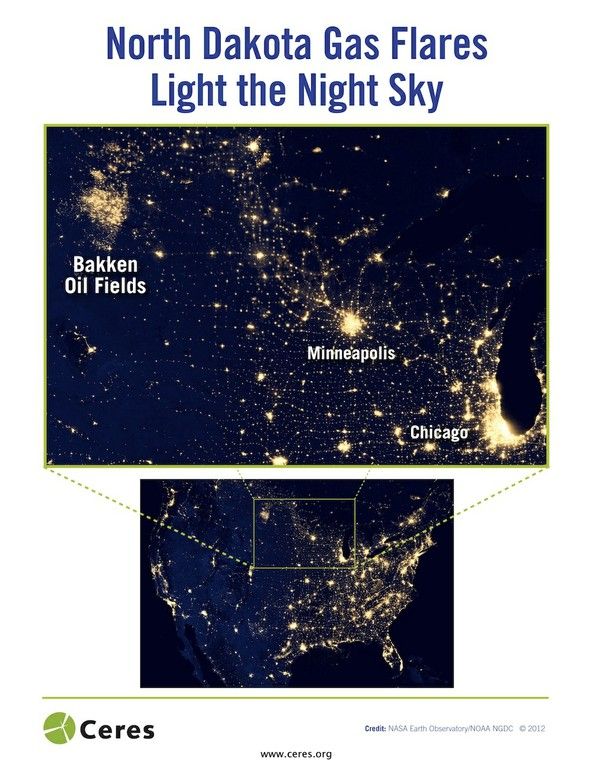I could swear I’ve read that Michael Ondaatje wrote The English Patient without ever having gone to the desert. (Can’t find a reference to that, but if anyone can, I’d love to see it – and post a mea culpa if I’m wrong.) The point is, writers describe all sorts of things they’ve never actually seen – murders, say.
Places are a little different. They’re so evocative that it’s important to get the look and feel of them right. And for sure, I don’t possess a tenth of the descriptive skill that Ondaatje – whether he visited the desert or not – holds in his pinky. That’s why Scott and I are heading off to North Dakota’s Bakken region, site of our modern-day gold rush, this week. The sequel to Montana is set there, and I haven’t been to that part of the world since well before the current boom that’s transformed the area. I went there in the golden days of fall, and I remember a world of magnificent exhilarating emptiness dominated by a hard blue sky.
 For sure, there are lots of tools – hello, YouTube – to give me a good idea of just how very much things have changed. And journalists working there have been generous with offers of help. When I still had a Real Job as a reporter, I used to stress to people how important it is to actually go to the scene of a story. Although it’s easy to get facts and figures and very fine quotes with phone interviews and online research, certain telling details – geraniums planted in an old coffee can beside a shanty on the lip of the massive garbage dump in Juarez, Mexico, say – can only be captured in person.
For sure, there are lots of tools – hello, YouTube – to give me a good idea of just how very much things have changed. And journalists working there have been generous with offers of help. When I still had a Real Job as a reporter, I used to stress to people how important it is to actually go to the scene of a story. Although it’s easy to get facts and figures and very fine quotes with phone interviews and online research, certain telling details – geraniums planted in an old coffee can beside a shanty on the lip of the massive garbage dump in Juarez, Mexico, say – can only be captured in person.
So off we go, to the land of $250-a-night rooms at the Holiday Inn Express (we’re not staying there) and $15-an-hour jobs at McDonald’s (maybe I should apply). Look for photos and a full report down the line.



